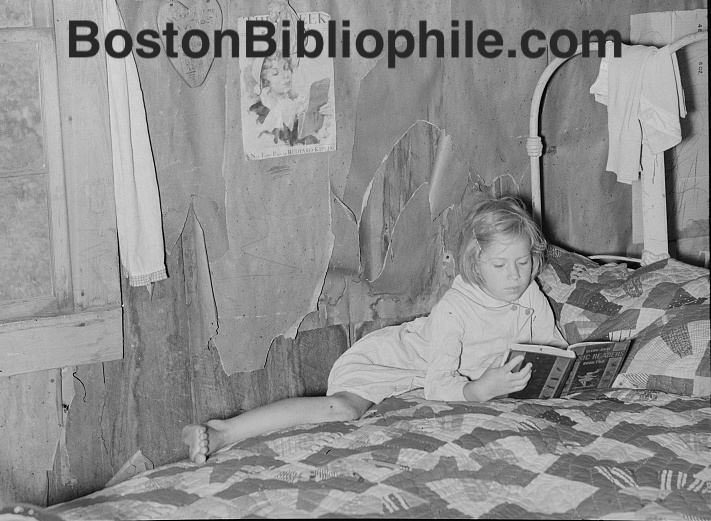The Hare with Amber Eyes, by Edmund de Waal. Published 2010 by Picador. Nonfiction.
I picked up The Hare with Amber Eyes for no better reason than that I kept seeing it and hearing about it at work, and was curious about it. Competently written by ceramicist Edmund de Waal, the book tells the story of the wealthy Ephrussi family and its changing fortunes from the late nineteenth century until the present day. De Waal, a descendant of the family, tells the story through the eyes of a netsuke collection that he now owns, which originally came to the family through his great-grand uncle (if I'm reading the family tree correctly) Charles.
The Ephrussis were a phenomenally rich banking and mercantile family, peers of the Rothschilds, with their origins in Odessa. They spread throughout Europe, with various relations ending up in France, Germany, Austria and elsewhere. Charles, a Parisian flâneur and art collector, bought the netsuke at a time when Japanese art was all the rage in Paris. He was one of the models for Proust's Swann of A la Recherche du Temps Perdu. This I guessed before de Waal confirmed it so closely does Charles match Proust's fictional creation. From there, the netsukes traveled to Edmund's great-grandparents, a wedding gift from Charles. His great-grandmother Emmy was a fashionable society woman who let her children play with the tiny ivory figures. After the war they ended up with his great-uncle Ignace ("Iggy,") whose life tracks the changes in the 20th century and who would have made a fascinating subject on his own. I sort of wish de Waal had written a biography of his great-uncle rather than a biography of his stuff.
And while I liked the book- de Waal is a decent writer and tells the story with a talent for description- it felt like a book about things rather than people. An artist and aesthete, de Waal treats us to lengthy, detailed descriptions of clothing, artwork, interiors, architecture. And I was fascinated and entertained most of the time. He makes the times about which he writes come alive. I loved reading about the ins and outs of nineteenth century Paris, a subject in which I've always been interested. A little art history background helps but is not necessary to enjoy this section. Later chapters, focusing on the family's life and hardships in Austria before and during World War 2, cover ground that will feel more familiar to many readers. But sometimes it just seemed a little frivolous.
The Hare has been wildly popular with readers. At the bookstore where I used to work, it would sell out as soon as we put it on the shelf, and it's a fine book, great for readers interested in Jewish-interest nonfiction and well-suited to book clubs. It's light and accessible and written with grace. I can't say it's the deepest or most original story you'll ever read, but it's enjoyable and if you think you might be interested, I'd say go for it.
Rating: BEACH
FTC Disclosure: I did not receive this book for review.


3 comments:
"And while I liked the book- de Waal is a decent writer and tells the story with a talent for description- it felt like a book about things rather than people." Perhaps, as an artiste, that may be his intent.
Sometimes when one read such biographies and memoirs, one wish he/she could explore all the angles, that there is something that needs to be known for complete understanding.
I have not heard a lot about this book, but you do make it sound very intricate and involving, and like something that might make for an interesting and meaty read for me. I am going to be adding this to my list and checking it out when I can. I fond your reflections to be pretty intriguing, so thanks!
It does sound nostalgic, about the times that used to be. A book of period history should be interesting.
Post a Comment